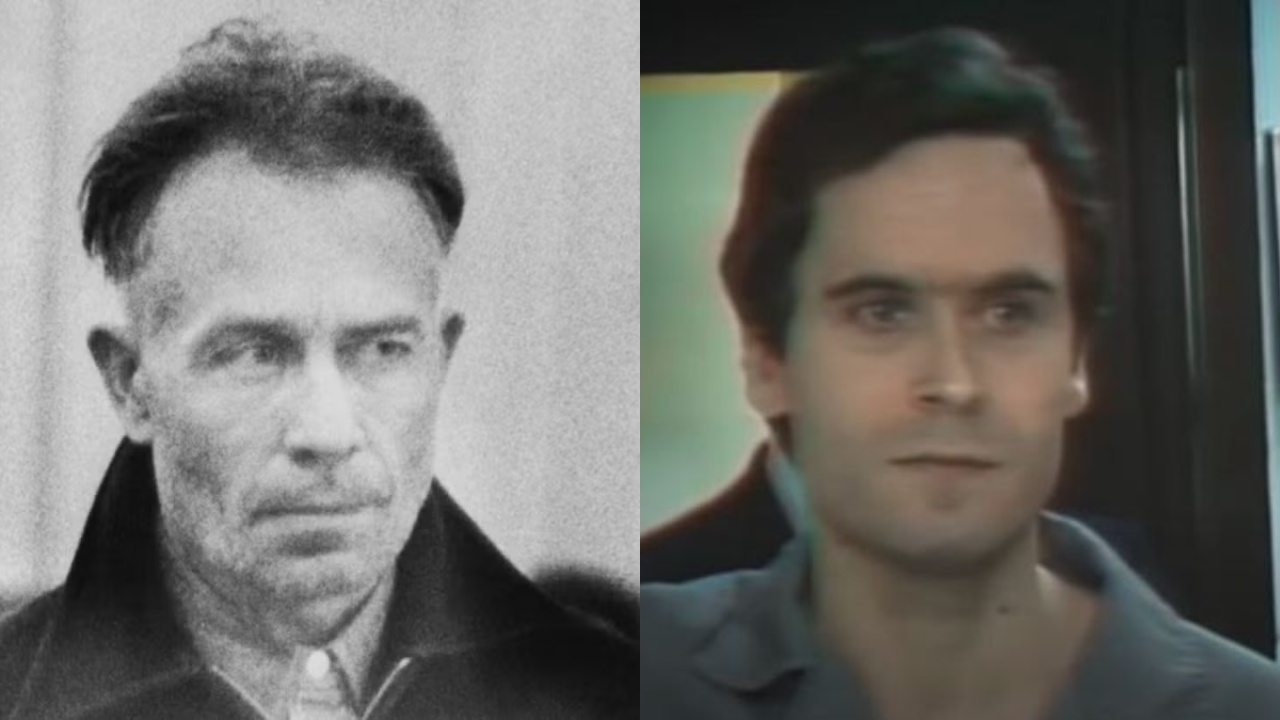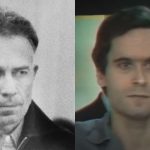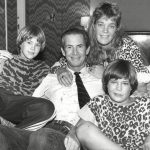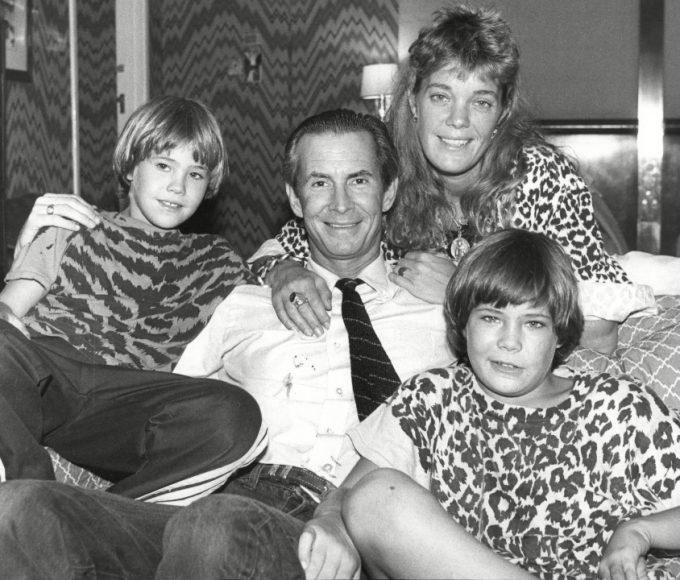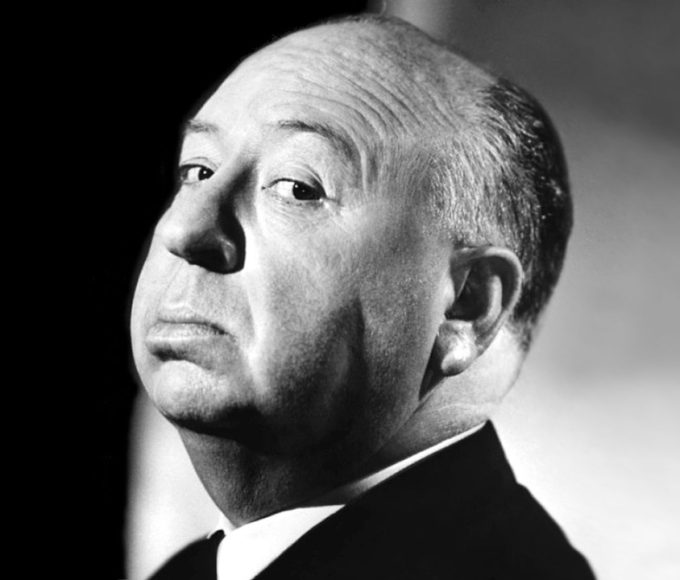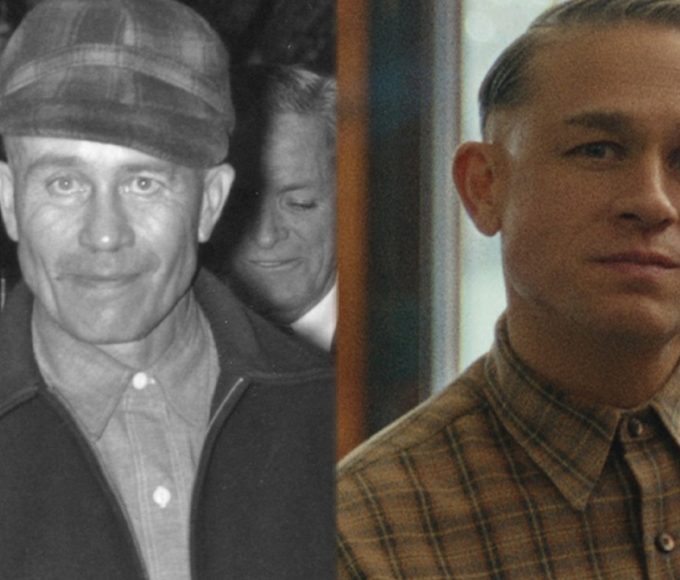Whispers of an unlikely alliance between two of America’s most notorious killers have slithered through online forums and true crime podcasts for years, gaining fresh traction with recent streaming dramas. The tale claims that Ed Gein, the reclusive grave robber whose macabre handiwork shocked the Midwest in the 1950s, somehow lent his twisted insights to law enforcement, tipping the scales in the hunt for the suave predator Ted Bundy two decades later. This narrative paints Gein as a shadowy consultant, sketching profiles or decoding behaviors that led directly to Bundy’s downfall. Yet beneath the sensational veneer lies a stark impossibility, rooted more in Hollywood invention than historical record.
Gein and Bundy operated in wildly divergent eras and shadows of depravity—Gein a fragmented soul unraveling in rural isolation, Bundy a calculated charmer weaving through urban college towns. Gein’s reign of quiet atrocity peaked and crumbled by 1957, confining him to psychiatric wards for the remainder of his days until cancer claimed him in 1984. Bundy, meanwhile, evaded capture until 1978, his spree of abductions and murders spanning the mid-1970s. With Gein long institutionalized and worlds away from active investigations, any notion of collaboration evaporates under scrutiny. The story endures not because of evidence, but because it feeds our fascination with monsters communing in the dark.
The Shadows of Plainfield: Ed Gein’s Fractured World
Born in 1906 amid the bluffs of La Crosse, Wisconsin, Edward Theodore Gein grew up under the iron grip of his devoutly Lutheran mother, Augusta, whose sermons on sin and damnation echoed through their Spartan farmhouse like perpetual thunder. His father, a listless alcoholic, faded into irrelevance, while an older brother, Henry, provided fleeting normalcy before perishing mysteriously in a 1944 brush fire—suspicions of foul play lingered, though never proven. Augusta’s death in 1945 shattered Gein, leaving him adrift in a decaying home on the outskirts of Plainfield, where he eked out a handyman’s existence, trading odd jobs for scraps of human connection.
You Might Like: Charlie Hunnam’s Girlfriend: Who Is Morgana McNelis?
By the early 1950s, Gein’s isolation curdled into obsession. Fixated on his mother as a saintly ideal, he began exhuming fresh graves from local cemeteries, targeting women who mirrored her frail form. He peeled skin from these stolen corpses, fashioning crude garments—a belt of nipples, lampshades of flesh—that blurred the line between craft and compulsion. Rumors swirled of missing locals, but it was the brutal slaying of tavern owner Mary Hogan in December 1954 that first drew whispers of a human hunter in their midst; her decapitated body vanished, only to resurface years later in Gein’s shed.
Don’t break mother’s heart.
Charlie Hunnam and Laurie Metcalf star in Monster: The Ed Gein Story. Now on Netflix. pic.twitter.com/MW1cahySB2
— Netflix (@netflix) October 3, 2025
The tipping point came on November 16, 1957, when hardware store proprietor Bernice Worden failed to open shop. Deputies traced a receipt to Gein, storming his ramshackle property to uncover a tableau of terror: Worden’s gutted corpse suspended like a deer carcass, alongside a stewpot of human organs and a gallery of anatomical trophies. Gein confessed freely, his voice a monotone ramble, admitting to Hogan’s murder but attributing his grave desecrations—estimated at nine—to a compulsion for “experimentation.”
Deemed legally insane in 1968 after a bungled initial trial, he spent his final years in the muted routine of Central State Hospital, shuffling through group therapy and menial tasks, his mind a locked vault of rural reveries. Never paroled, Gein slipped away quietly on July 26, 1984, his legacy etched not in unsolved riddles, but in the cultural scars of films like Psycho and The Texas Chain Saw Massacre.
The Elusive Predator: Ted Bundy’s Trail of Deception
Theodore Robert Bundy emerged from a seemingly polished facade—law student, crisis hotline volunteer, Republican operative—born in 1946 to an unwed mother in Vermont, his early life a web of concealed adoptions and simmering resentments. By 1974, this veneer cracked into a meticulously orchestrated nightmare, preying on young women across Washington, Oregon, Utah, Colorado, and Florida.
Bundy lured victims with feigned injuries or authority, bludgeoning them in parking lots or forest clearings before dragging them to remote lairs for prolonged assaults and strangulations. His tally, confessed at 30 but likely higher, included Chi Omega sorority sisters savaged in their beds during a 1978 Tallahassee rampage, where he wielded a club wrapped in stocking material.
Also See: Anthony Perkins’ Wife, Berry Berenson, and 2 Children
Bundy’s first brush with justice came in August 1975, when a Utah highway patrolman pulled over his Volkswagen Beetle, brimming with burglary tools and handcuffs; a nearby kidnapping survivor fingered him, leading to a 15-year sentence. But Bundy, ever the escape artist, shed 30 pounds to squeeze through a courthouse window in June 1977, then scaled a jail library vent in December, vanishing into the Rockies for six claustrophobic days before resurfacing in Chicago. Rampaging southward, he hitched to Florida, where fate intervened on February 15, 1978.
Pensacola officer David Lee spotted the stolen orange VW weaving at 2 a.m., its taillight shattered. Bundy bolted on foot into palmettos, only to be cornered at gunpoint; inside the car, fibers linked him to the Chi Omega horrors. The FBI, which had plastered his mug on the Ten Most Wanted list since November 1977, played no direct role in this routine traffic stop—local grit, not federal wizardry, snapped the cuffs.
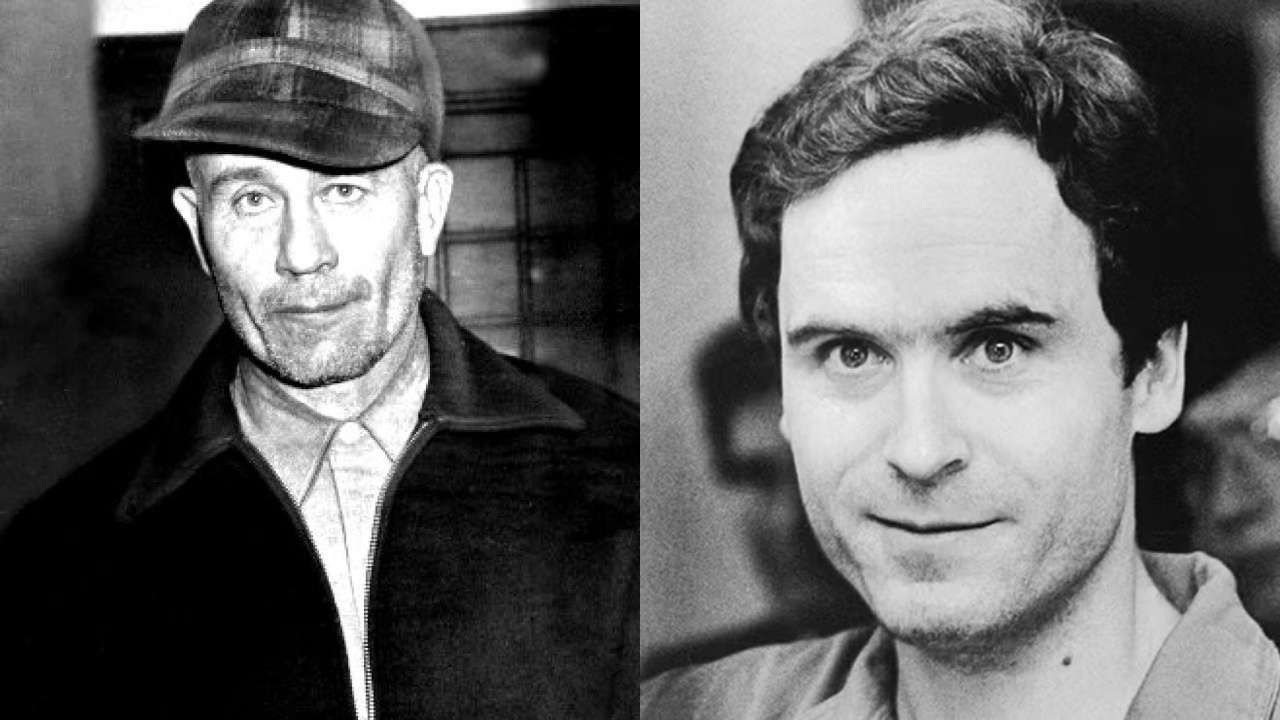
Extradited and tried, Bundy defended himself with theatrical flair, drawing crowds even as evidence mounted: bite marks, witness sketches, a witness spotting him in a crowd. Convicted in 1979 and 1980, he rode the electric chair on January 24, 1989, his final hours a barrage of purported confessions to profiler Robert Keppel, forever tantalizing investigators with the ghosts of unidentified victims.
This fabricated thread tying Gein to Bundy’s end weaves from the 2025 Netflix miniseries Monster: The Ed Gein Story, where showrunners inject dramatic license by hallucinating Gein as a Hannibal Lecter-esque oracle, feeding FBI agents cryptic clues amid his dementia. It’s a gripping contrivance, amplifying Gein’s mythic aura while glossing over timelines—Gein, catatonic in his ward by 1978, offered zero consultations, his file barren of outreach to distant manhunts.
The rumor proliferates because true crime thrives on such ironies: the ghoul advising on the gentleman killer. In truth, these men never crossed paths, their evils siloed by geography and time, a reminder that reality’s monsters need no embellishment to haunt us.


